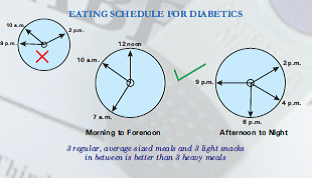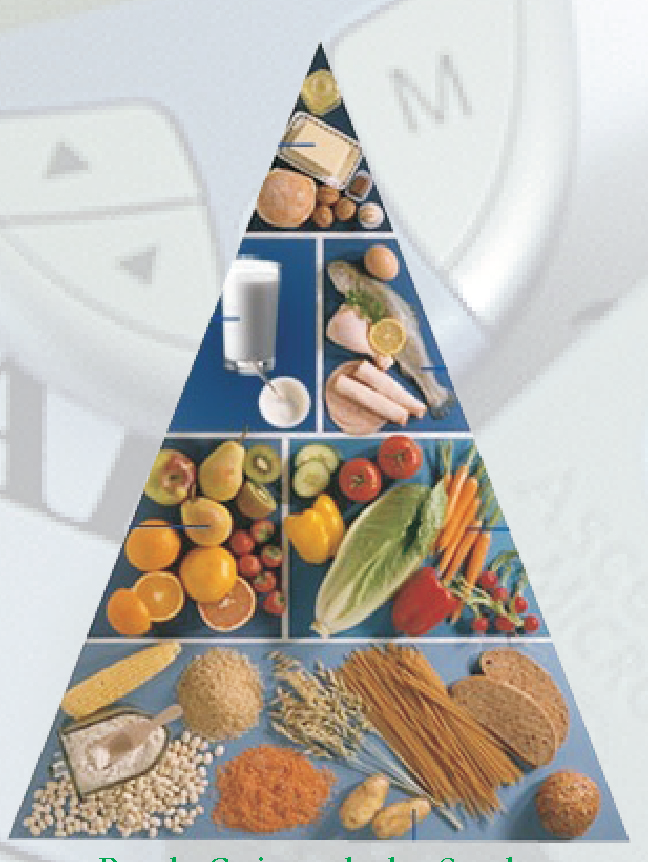Diabetes Mellitus and Homoeopathy
Diabetes Mellitus and Homoeopathy
Knowing Diabetes Mellitus
- Diabetes mellitus is a disease in which the body does not produce the required quantity of insulin or fails to utilize it properly.
Insulin is a hormone that is needed to convert sugar into energy needed for daily life. - If the body becomes deficient in insulin, cells find it difficult to absorb glucose, which then increases in level, first in blood and then in urine.
- Due to glucose loss, body cells begin to exploit other valuable sources of fat and proteins as alternate energy sources. Consequently, a rapid weight loss is a usual outcome.
- Besides the usual difficulties like polyphagia (excessive hunger), polydipsia (excessive thirst) and polyuria ( too much urination), Diabetes mellitus can lead to further complications like nerve damage, blindness and even kidney failure. It is also one of the major causes of strokes and heart attacks .
- India has the largest number of people with diabetes, roughly around 35 millions. Of these, approximately 13 millions still remain undetected.
Are You at Risk of Being a Diabetic?
If any one or more of the following is true about you, then you are at risk of suffering from Diabetes mellitus at some point of time in your life:
- You are obese
- You are not physically active
- One or both of your parents are/were diabetic
- Your wounds (even minor ones) take long to heal
- You have high blood cholesterol/high blood pressure
Symptoms that you may feel
- Profuse thirst (Polydipsia)
- Frequent urination (Polyuria)
- Extreme hunger (Polyphagia)
- Sudden/dramatic weight loss
- Weakness/ easy fatigue
- Blurred vision
- Irritability
Signs that a doctor will look for
- Dry tongue
- Dry skin
- Sunken eyeballs
- Increased breathing
- Loss of weight
- Non-healing ulcer or skin infections
- Fungal infections
- Itching of private parts
- Burning pain or numb feeling in the feet/hands
- Giddiness
Complications
- This is true. Diabetes, besides being a problem in itself, can cause further problems or complications, which include a few very serious ones.
- Since diabetes can also be present as a silent condition (in which case you will not feel any symptoms), not knowing your diabetic status could mean inviting trouble for yourself in future.
- Complications of Diabetes Mellitus comprise a range of abnormalities starting from head to feet.
- However, some of the major complications are as follows.
- Blindness
- Cataract
- Foot gangrene
- Peripheral neuropathy (nerves-related problems)
- Heart attack and Heart failure
- Kidney failure
- Boils, ulcers, carbuncles, fungal infections
- Alternate diarrhea and obstinate constipation
- Coma
- Bronchopneumonia
Management of Diabetes Mellitus
- Diabetes mellitus rests on a tripod and its management therefore is based on three pedestals or three Ds: Diet, Daily exercise, Drugs
- Moderate intake of carbohydrates and fats in diet.
- Exercise daily, for at least 30 min. (If you are a heart patient, you must ask your doctor for the exercises you should or should not do).
- Practice Yoga regularly.
- If you know that you are diabetic, get your sugar levels checked every six months, or as advised by your doctor.
- Avoid fried, sweet and fast foods.
- Avoid mental stress. It is a known aggravating factor for diabetes.
- Rather than taking three large meals, try eating small meals frequently, i.e. 3 regular, average-sized meals should also be complemented with 3 light snacks in between.

Other Facts about Diabetes
Diabetics, particularly those who are insulin-dependent are:
- 25 times more prone to blindness than non-diabetics
- 17 times more prone to kidney troubles
- 40-50 times more prone to gangrene, especially of foot (Gangrene is a condition that results due to the lack of blood to a part of body)
- Twice as likely to get heart disease
- Women are 50% more likely than men to have diabetes
- Babies of diabetic women are often very large at birth
- Chances of developing diabetes doubles with
- Every 20% excess weight
- Every added decade to your age
Diabetes food pyramid

Homoeopathic Treatment
Diabetes mellitus is a chronic disease. A qualified homoeopathic doctor needs to be consulted for selection of the right medicine and potency. However, a few homoeopathic medicines empirically used in diabetes mellitus are:
Abroma augusta, Syzygium jambolanum, Gymnema sylvestre, Cephalandra indica, Thyroidinum and Insulinum.
General Instructions
- Medicine should be taken after cleaning the mouth and preferably in empty stomach.
- Strong smelling substances like onion, garlic etc. should not be taken within half an hour before and after taking the medicine.
- The medicine should not be taken if the white globules turn yellow, or if the sediments appear in the liquid form of medicine.
- Homoeopathic medicines act better in patients who are not addicted to tobacco products. It is, therefore, advisable to restrict the use of cigarette, bidi, paan masala, alcohol, narcotics, etc. when one is under homoeopathic medication.
- If patient doesn't improve within or becomes worse at any time, then a qualified homoeopathic doctor should be consulted.
- During homoeopathic treatment, no other medicines should be taken, unless suggested by a qualified homoeopathic doctor.
- Keep the medicines:
- Away from strong smelling substances like camphor, menthol etc.
- In a cool, dry place away from direct exposure to sunlight.
- Away from the reach of children.
Source : National AYUSH Mission
Last Modified : 9/27/2021
This topic provides information about World Diabet...
This topic provides information about Homoeopathy ...
Provides information about the health benefits of ...
This topic contains the information related to Mul...
